Call us now (+1) 646-693-8373
| Destinations | Contact Us |
Call us now (+1) 646-693-8373
| Destinations | Contact Us |
Call us now (+1) 646-693-8373
| Destinations | Contact Us |
Kenya Safaris – Unlike anybody else, we will bring you face-to-face with authentic Kenya. Whether you’re interested in the ancient Maasai people or the vast savannahs that were once home to massive migrations and the Big Five, Kenya has it all. Iconic views include the Great Rift Valley fracturing the continent and solitary acacia trees silhouetted against flaming crimson sunsets. A day may take you from snow-capped mountains to expansive deserts, and from dripping rainforests to palm-fringed beaches, and everything in between.
Seeing pink flamingos in Lake Nakuru and hippos frolicking at a watering hole near your Maasai Mara lodge are just two of the many “pinch me” events that will occur during your Kenyan vacation. Thanks to innovative conservation efforts, Kenya is one of the top African nations to observe animals, and we will also see the local culture firsthand. Enjoy a cup of coffee brewed by local farmers at a coffee plantation, and then see the traditional leaping dance of the Maasai warriors performed by villagers in a Maasai hamlet.
Embark on an adventure with us and discover the endless possibilities with Eskapas
See the world where wild creatures roam freely. Every time we go on safari in Kenya, we can’t get enough of the expansive plains of the Maasai Mara, which are home to many zebra, gazelle, and wildebeest herds as well as scattered communities of Maasai herders caring for their livestock.
Kenya embodies all that is iconic about Africa, from its long-ago Maasai people and local coffee producers to its vast savannahs, which were once the homes of enormous migrations. Experience the wonders of the Great Rift Valley, see pink flamingos at Lake Nakuru, and see the Big Five in the Masaai Mara on a safari with Eskapas.
Didn’t you find your dream trip? Discover your perfect vacation package using our convenient search and filter options, tailor-making a journey that captures world’s unique beauty and rich heritage just for you.
Here at Eskapas, we think that one may travel more safely if they are well-informed. Because of this, we have created a user-friendly area specifically for Kenyan travel information.
Find out what to bring on your trip to Kenya, what the local cuisine is like, and how the country’s history and culture came to be. Find out what to expect from Kenya in terms of climate, topography, animals, and nature. If you follow our travel advice, together with our visa and health details, you should be well-prepared for a wonderful and trouble-free journey throughout the world. If you want to know more, you should just go to Kenya and see it for yourself. Get out there and see Kenya by scheduling a safari with us today!
All visitors are required to obtain an electronic travel authorization before entering Kenya.
Required for Entry:
While Kenya is a safe destination compared to some surrounding African countries, there are issues with crime in major cities, and many government travel advisories warn travelers of the threat of terrorism. Check your Government’s travel advice for the latest information.
Travelers will always attract unwanted attention from beggars and potential pickpockets. From street scammers to more serious threats, a little common sense goes a long way in Kenya, and staying up to date on the local situation is essential no matter where you go.
Kenya is a great year round destination, with the main tourist season being in January and February. During this period the weather is hot and dry and is generally considered quite pleasant.
This is also a time when flocks of birds arrive in the Rift Valley, offering a kaleidoscope of colour and sound. Between June and September the weather is still dry, with the rains coming from March to May. During the rainy months things are quiet, with hotels and lodges having many rooms available and prices tend to decrease.
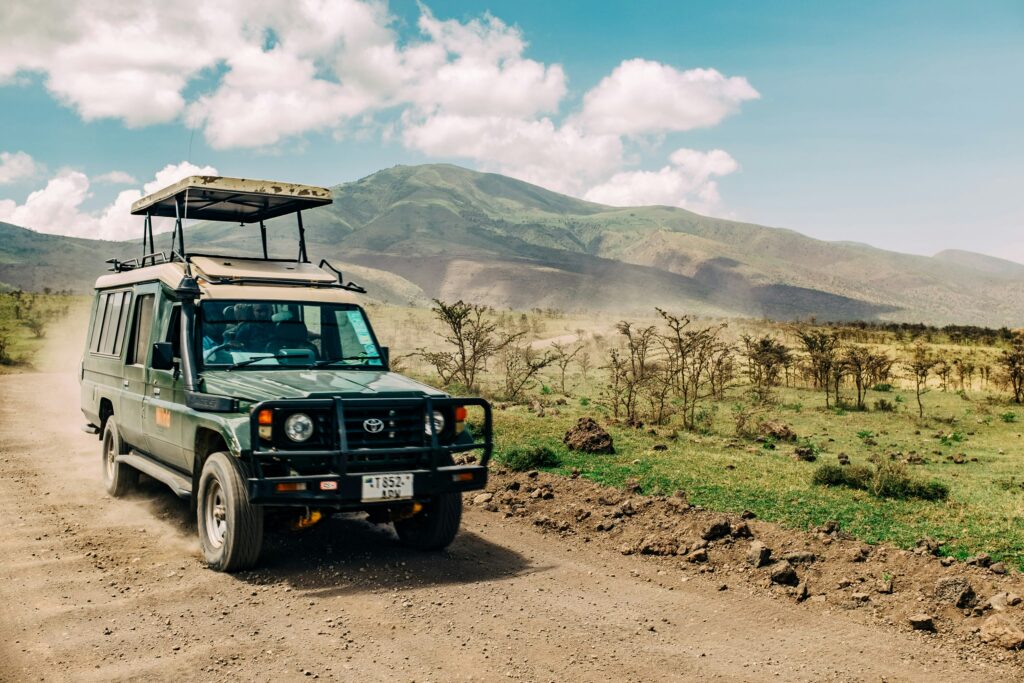
The official languages of Kenya are Swahili and English.
The golden rule is to pack as lightly as possible. We recommend comfortable shorts, shirts and long trousers for the duration of the safari. It is crucial to pack warm clothes for the cooler mornings and late evenings as it can be cold. If you wish to swim at the lodges between your game drives, do not forget to pack swimwear. Remember to stock up on insect repellent as you will be in a malaria area.
Certain areas of Kenya are at high risk for malaria, while others are not. The coast and Lake Victoria generally have the highest incidences of malaria. Nairobi is typically a low-risk area for malaria. The Kenyan highlands (above 2500m) of Nyanza, the Rift Valley, and the Central, Eastern, and Western Provinces are also lower risk.
Malaria-carrying mosquitos only come out in the evening so wearing light layers during these hours can reduce the risk of infection, along with some applying mosquito repellent. Most beds are equipped with mosquito nets for protection while sleeping. If you do suspect that you are showing signs of malaria (fever, low energy, chills, lack of appetite—similar to typical flu symptoms that occur in two-day cycles), it’s best to get tested. Clinics throughout the country are well-equipped to deal with malaria (typically much more so than in malaria-free countries) and you can easily get a test and medication if needed.
The currency used throughout the country is the Kenyan shilling. Mastercard and Visa are accepted in most major tourist destinations. ATMs are common in the cities for dispensing local currency but are not available in wildlife parks.
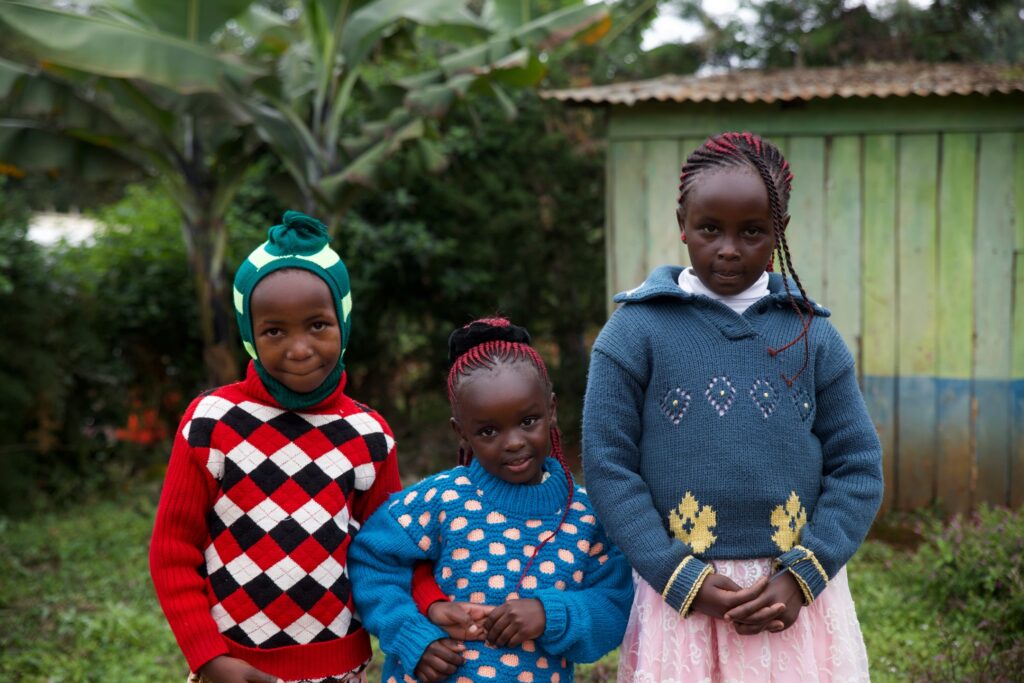
In Kenya you will be able to buy prepaid (pay-as-you-go) SIM cards that are cheap and easy to use. Top-up or refill vouchers are widely available in all hotels, newsagents, supermarkets and shops. North American and Japanese phones may not work in Kenya.
Most of the lodges, resorts and hotels will have internet access.
The local electricity supply is 220/240 volts AC, 50HZ and plugs are 3 point square. Please bring along voltage and plug adaptors if you intend bringing electrical devices. Major hotels usually provide hairdryers, irons and other electrical equipment on request. Read more
It is hard to describe cuisine in Kenya as simply “Kenyan” since each region has its own distinct flavours and dishes. Communities within Kenya have different menus that reflect the different regions and livelihoods. Despite this, some dishes made in Kenya reflect Indian, Arab and European influences. Swahili dishes tend to use a combination of ginger, chilli, coconut, cream, lime, and crushed tamarind seeds. The people of Kenya like to use locally sourced ingredients and tend to barbecue meat, especially beef and goat.
Githeri: This dish is a mixture of boiled maize and beans. It is a popular dish in the Central Province among the Kikuyu community.
Kachumbari: This consists of a mixture of chopped tomatoes, onions, and peppers. An uncooked salad dish, it is usually paired with Nyama Choma (roasted meat – usually beef).
Ugali: This dish is made up of ground maize flour and water that is boiled in water until it reaches a dough-like consistency. Ugali is usually rolled into a ball and then dipped into a sauce or stew made with vegetables and meat. It is used as a scoop in the same way that flatbreads are used in other cultures. This is a favourite meal, particularly with the Luos in Nyanza Province, but is enjoyed throughout Kenya.
Fish, cooked in a variety of ways, is also quite popular in the Nyanza Province due to its location near Lake Victoria and the Indian Ocean coast.
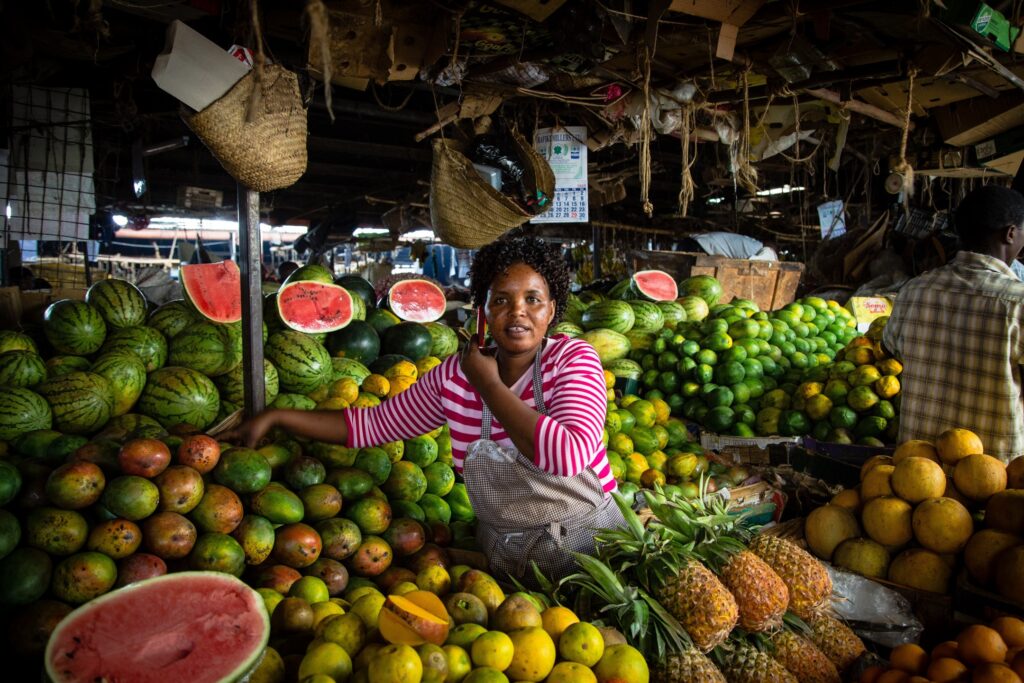
Coffee and tea are of excellent quality in Kenya due to the ideal growing climate. Kenyan coffee is world-renowned and is one of the country’s main exports. With tropical fruits like mangoes, watermelon, pineapple, and papaya among others readily available, fresh fruit juices are incredibly popular throughout the country. Coca-Cola is the nation’s most popular soft drink company and soft drinks are widely available. Tusker and White Cap are popular beers with premium and export versions available. While in Kenya, it is advisable to avoid tap water. Bottled water is best and is relatively inexpensive.
If one were to mention an African safari, Kenya would likely be among the first places that would be mentioned. It was the first nation to provide the idea of the Big Five and was also the site of the first safari. Anyone interested in seeing a diverse selection of animals should go on a safari in Kenya, but picking the right park or reserve to visit can be a challenge. So, we’ve highlighted the five safari spots in Kenya that we think are the greatest.
Without justifiable doubt, the Masai Mara is the crown gem of Kenya’s game watching regions. Key features include the enormous predator population that calls this reserve home all year round, as well as the diverse landscape of savannah woods, riverine forest, and expansive grassland. Guests can look forward to seeing prides of lions, cheetahs hunting on the wide plains, and leopards lurking in the forests.
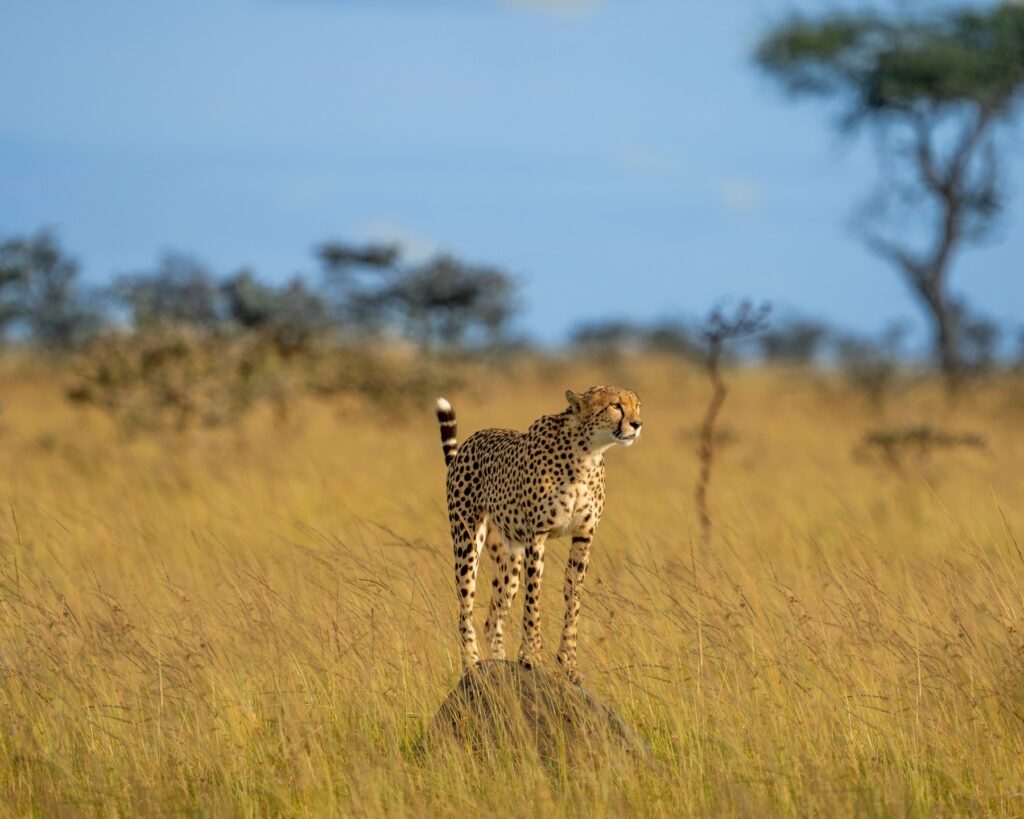
Thousands of wildebeest make their yearly voyage across the Mara River during the Great Migration from July to September, which is, of course, the ultimate wildlife experience in the Mara. The Governors’ Camp, one of Kenya’s most illustrious lodges, is located in the Masai Mara. Its bar tent and deck provide breathtaking views of the Mara River, making it an ideal spot to see the migration.
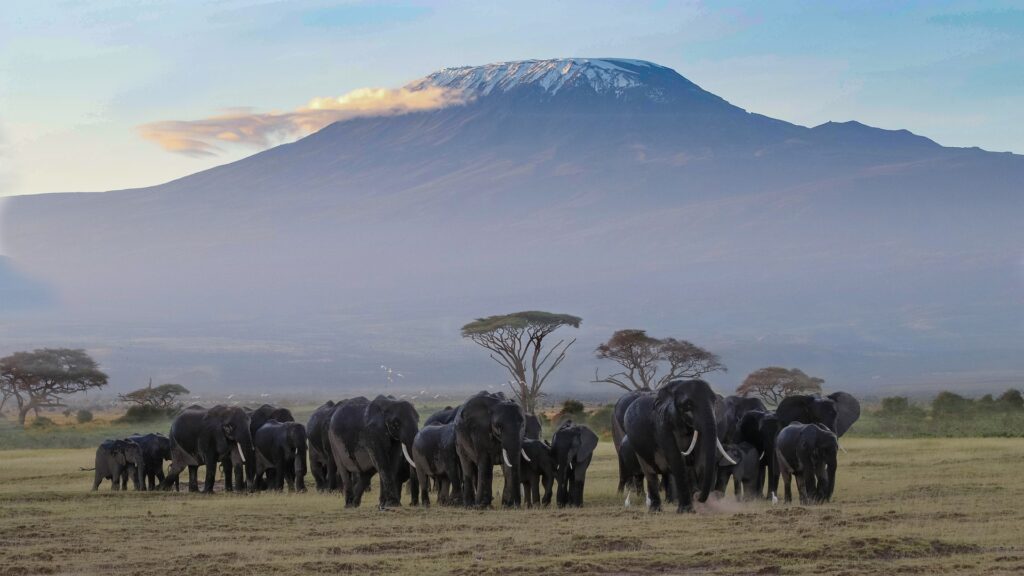
Crowned by Mount Kilimanjaro, Africa’s highest peak, the Amboseli National Parks is one of Kenya’s most popular parks. The name “Amboseli” comes from a Maasai word meaning “salty dust”, and it is one of the best places in Africa to view large herds of elephants up close. Nature lovers can explore five different habitats here ranging from the dried-up bed of Lake Amboseli, wetlands with sulphur springs, the savannah and woodlands. They can also visit the local Maasai community who live around the park and experience their authentic culture.
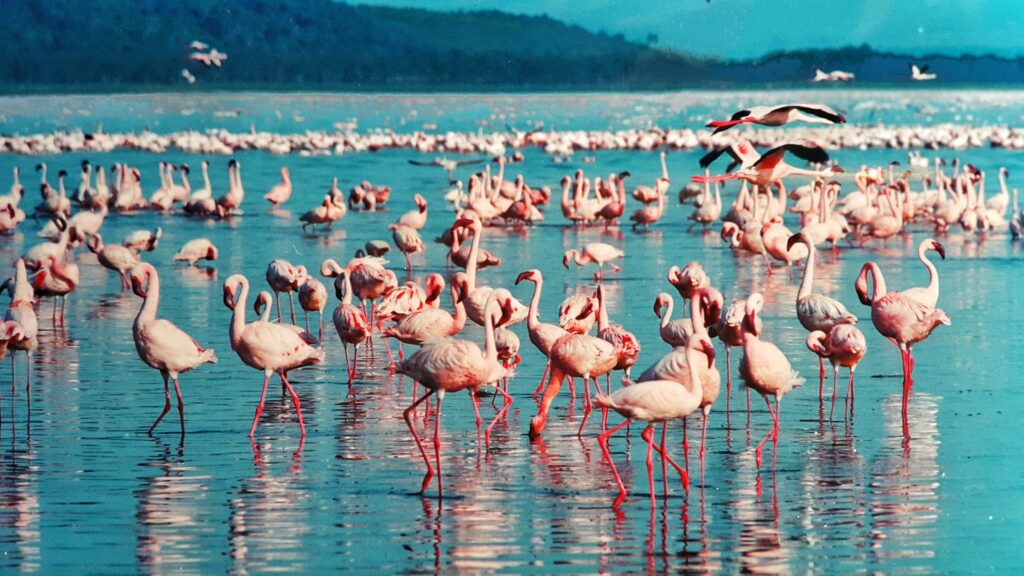
Visitors from around the world are drawn to Lake Nakuru to witness the huge flocks of flamingos gathering at the lake, as well as the 300+ plus other species of bird which call the park home. Although the numbers of flamingo and pelican congregating in the area has decreased in recent years, it has been known to rise to up to 1.5 million. It’s not just birdlife which inhabits Lake Nakuru en masse, the park was declared a rhino sanctuary in 1983 and currently has a very healthy population of both black and white rhino. If you venture south to the forested area below Flamingo Hill, you’ll find the popular lion-spotting region, where you’ll see the lionesses sleeping in the trees as well as a few leopards.
Located to the north-west of snow-capped Mount Kenya, the high plains of Laikipia are increasingly being recognised as one of Kenya’s premier safari regions. This thinly populated area offers endless vistas and stretches of complete wilderness, offering some of the most extraordinary views found anywhere in the country. On the wildlife front, the density of the wildlife population in Laikipia ranks second only to the Masai Mara, and the area supports more endangered mammals than anywhere else in East Africa, as well as a healthy number of endemic species including the Grevy’s zebra and reticulated giraffe. One of Laikipia’s biggest attraction is the huge number of rhinos. The region is home to an astounding 50% of Kenya’s rhino population, with over 300 of the magnificent creatures roaming the vast plains.
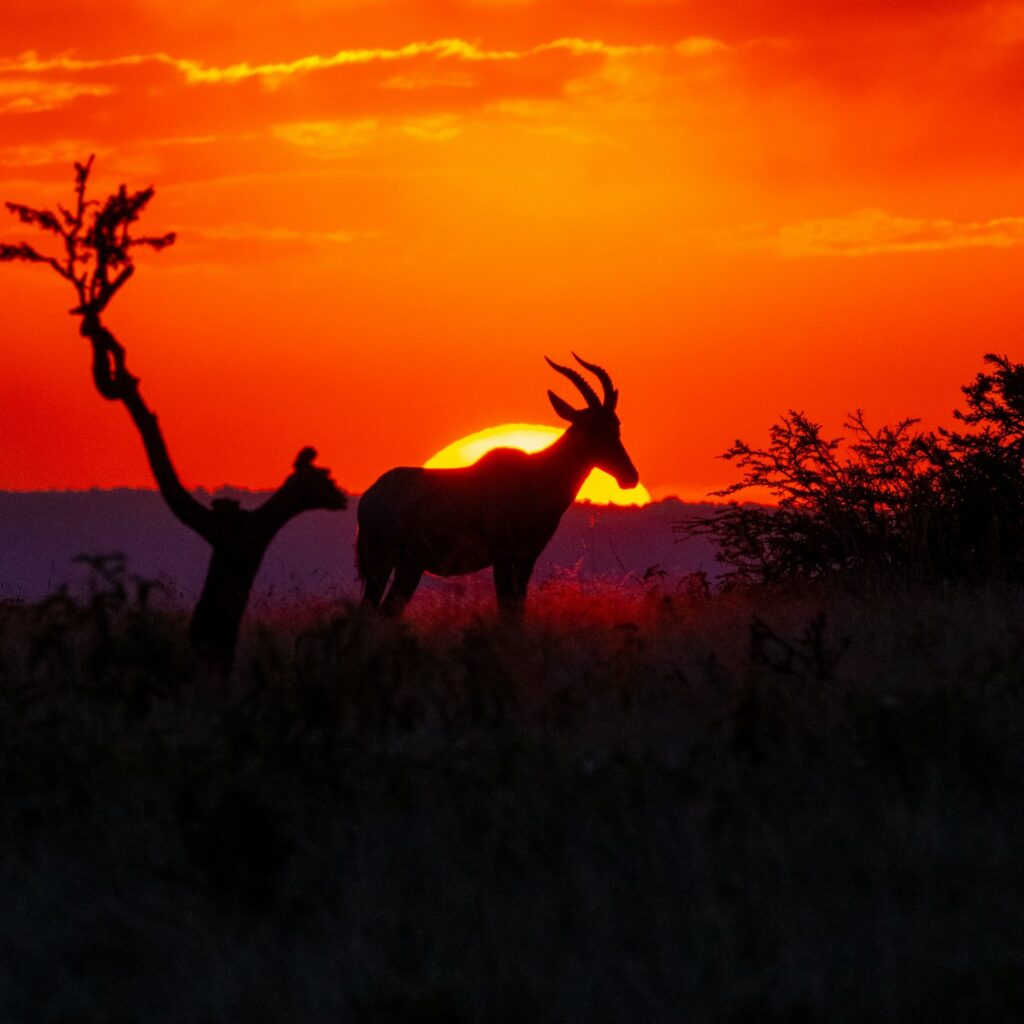
Having been restored since it fell into neglect amidst out of control poaching in the 1990s, Meru National Park is becoming an increasingly popular destination for wildlife viewing. It is still one of the least visited of Kenya’s big parks, but this works in its favour as it leaves an unspoiled stretch of land spanning 870 square kilometres, just waiting to be discovered.
Meru may not boast quite as many visitors as other well-established parks, but its wildlife population and game viewing opportunities matches almost any other park in Kenya. There are now increasingly frequent sightings of the Big 5, as well as cheetah and numerous other savannah species. The streams and rivers which run through Meru are a key feature of the landscape, and offer excellent opportunities to spot hippo, crocodile and the African fish eagle.
Deriving its name from the Samburu people who have been native to the region for many years, Samburu National Reserve is one of Kenya’s smaller parks in comparison to the likes of the Masai Mara but is teeming with life, nonetheless. The unrestricted savannah grassland has the Ewaso Nyiro River passing through it, which attracts an abundance of wildlife including a huge population of Nile crocodile, and the reserve is also home to the ‘Samburu Special 5’, the rare northern species which inhabit the park. These are the Grevy’s zebra, Somali ostrich, reticulated giraffe, gerenuk and the beisa oryx.
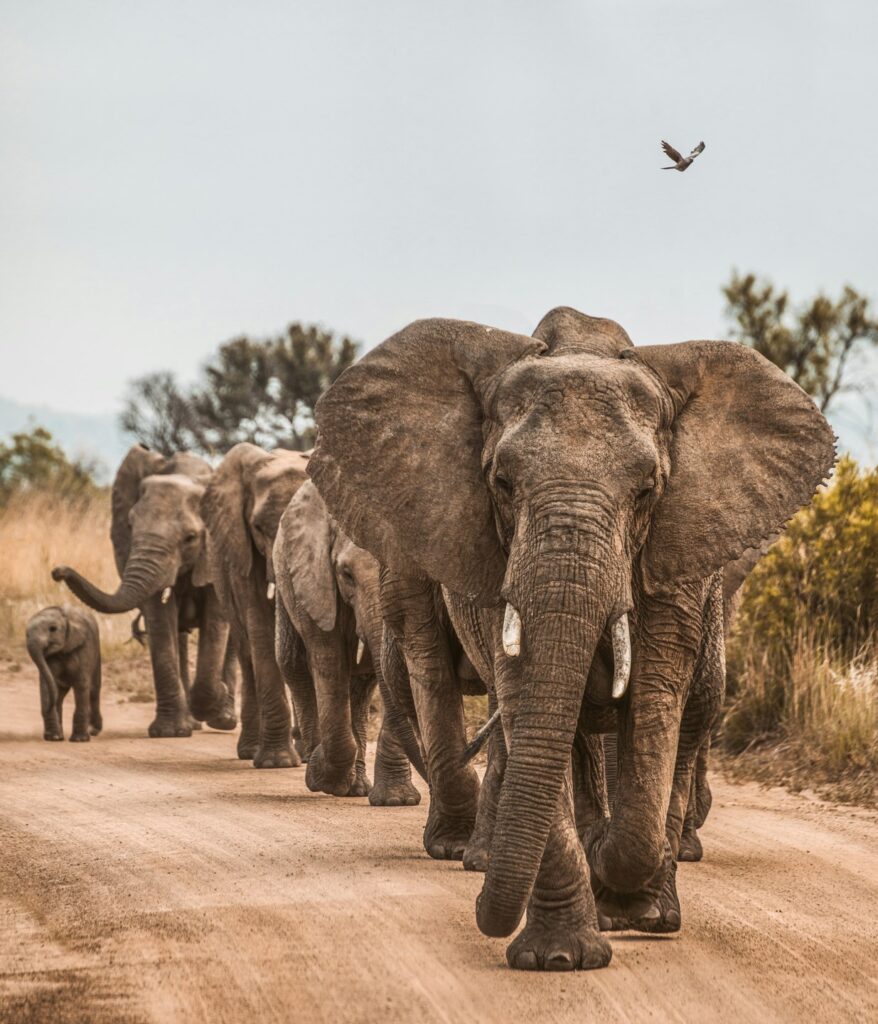
The birdlife at Samburu is prevalent, with over 350 species of bird including vultures, kingfishers, marabous, bateleurs, guinea fowl, and others. Other Kenyan wildlife present in the park includes cheetahs and lions, as well as elephants, buffalo and hippos. Elusive leopards are also found in the reserve and are best spotted in the evenings. While at Samburu, it’s also definitely worth making time for the cultural tours, where you’ll visit the local Samburu villages and get a chance to interact with the colourful Samburu people in their traditional setting and experience the culture.
